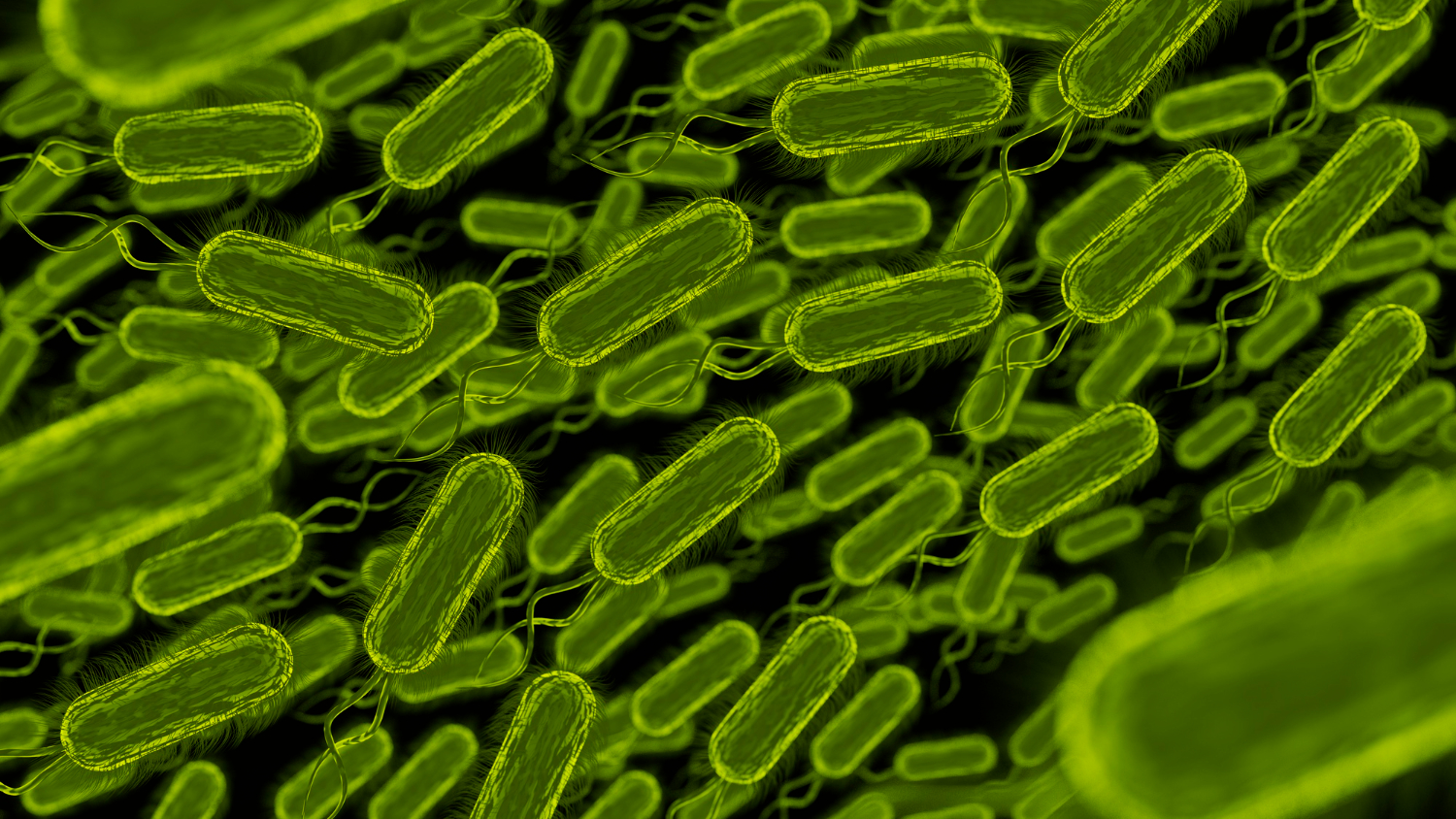KEY TAKEAWAYS
- The study aimed to evaluate the efficacy of a multiparametric ultrasound imaging omics model for predicting BC recurrence risk and molecular subtyping.
- Multiparametric ultrasound imaging omics predicted BC recurrence and molecular typing, guiding diagnosis and treatment non-invasively.
The incidence of breast cancer (BC) has witnessed a consistent rise, emerging as the foremost malignant tumor affecting women globally, and standing as the leading cause of mortality among women worldwide.
Xinyu Song and the team aimed to assess the efficacy of a multiparametric ultrasound imaging omics model in predicting the risk of postoperative recurrence and molecular subtyping of BC.
Researchers conducted a retrospective analysis including 534 female patients (pts) diagnosed with BC through preoperative ultrasonography and pathology, from January 2018 to June 2023.
Univariate analysis and multifactorial logistic regression were employed to highlight the independent risk factors linked to clinical parameters. The PyRadiomics package delineated regions of interest in chosen ultrasound images, extracting radiomic features. Radiomic scores were then derived using the least absolute shrinkage and selection operator (LASSO) regression and support vector machine (SVM) methods.
The receiver operating characteristic (ROC) curve and the area under the curve (AUC) were calculated and were further employed to predict the performance of the model. The diagnostic efficiency and clinical practicality were evaluated by conducting calibration curves and decision curve analyses.
Results demonstrated the strong predictive performance for the postoperative recurrence risk prediction model. In the training set, the model achieved an AUC value of 0.9489, while in the validation set, it showed a slightly lower but still robust AUC of 0.8491.
Further, the molecular typing prediction model also exhibited significant predictive power across various phenotypes. AUC values in the training set were 0.93 for HER-2 overexpression, 0.94 for triple-negative breast cancer, 1.00 for luminal A, and 1.00 for luminal B. In the validation set, corresponding AUC values were 0.92, 0.74, 0.97, and 0.89, respectively. These findings underscore the models’ reliability and potential clinical utility.
The study concluded that multiparametric ultrasound imaging omics were highly valuable for predicting postoperative recurrence risk and molecular typing in BC. This non-invasive method provided essential guidance for diagnosis and treatment.
The study was funded by 2022TSYCTD0001/Department of Science and Technology of Xinjiang Uygur Autonomous Region.
Source: https://pubmed.ncbi.nlm.nih.gov/38956552/
Song X, Xu H, Wang X, et al. (2024). “Use of ultrasound imaging Omics in predicting molecular typing and assessing the risk of postoperative recurrence in breast cancer.” BMC Womens Health. 2024 Jul 2;24(1):380. doi: 10.1186/s12905-024-03231-8. PMID: 38956552.



